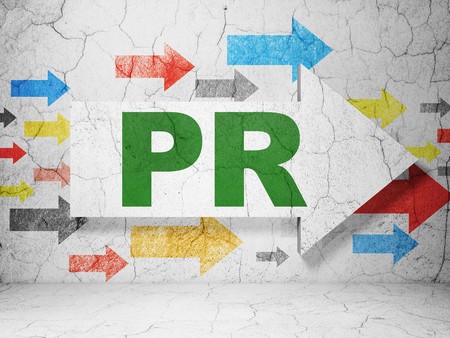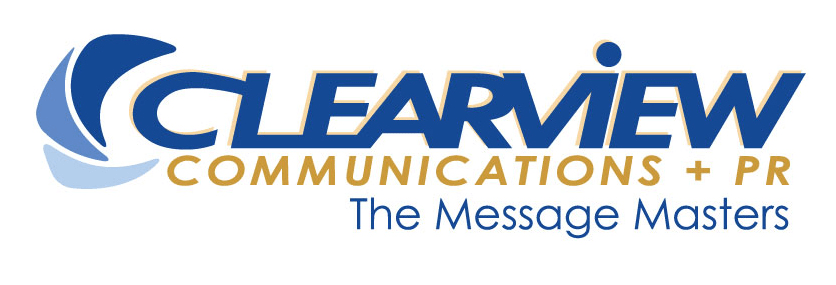
Why public relations is VITAL to your marketing success
Public relations is V-I-T-A-L to marketing success, but what is PR?
There have been numerous attempts in recent years within our profession to define or redefine public relations, and in fact, most people do not understand what “PR” is. However, in the marketing world, one truth is not in dispute: Mutually beneficial relationships with its key publics are vital to an organization’s success. There’s those words again – “relationships” and “publics.”
With public relations as an essential component of your growth plan, any marketing initiative your brand undertakes has better potential to achieve your objectives. Public relations is vital to marketing success. But what is PR?
Using the acronym VITAL, public relations can be explained (perhaps too simply) like this:
V
The V stands for visibility. In its very basic form, a public relations campaign is designed to achieve visibility for the organization. Of course, all brands, whether people or organizations, already have visibility of some sort. That visibility may be negative, or worse, neutral (invisible), with no mindshare at all. To cut through the clutter of the 6,000 messages we all receive each day, the visibility component of the public relations campaign must be well planned, effectively targeted, creative, memorable, consistent and frequent.I
The I stands for interest. PR can and should drive interest in the brand. A research-based, well-planned and managed public relations campaign will achieve levels of visibility that will generate interest from and among specific, target audiences or publics. Remember, there is no such thing as the general public. There are only audience segments or groups that we must target specifically to generate interest. Here is where behaviors and attitudes begin to change, which is what you want.T
The T is all about trial, or better yet, trust. After you have achieved visibility that leads to interest in your brand, message, product or service (or yourself) from a specific target audience, members of that audience may respond to your messaging by trusting you and/or trying your product or service. They may trust your message, and take the action you determined as your objective when you planned your public relations campaign initially. Now, we are getting buy-in, action, trial; more behavior change.A
The A stands for one of the elements that will define your public relations campaign’s success: Acceptance. You have the right visibility, you have generated interest, there’s a level of trust that may lead to trial, and as the campaign progresses, your goal should be to achieve acceptance of the brand, the person, the product or service, among your target publics/audiences. Embracing your message and accepting your brand promise is one of the key elements of behavior change.L
And, now, the great leap, perhaps the most difficult and tenuous stage of a public relations campaign to reach and maintain. The L stands for Loyalty, brand loyalty, loyalty of thought and action, complete – although potentially temporary – behavior change. If you can develop loyalty to your brand and its promise (as provided in your messaging), you have achieved the objective of the public relations campaign as defined in the original plan.There is a caveat (of course, right?). Be aware that brand loyalty is a delicate state of being, and maintaining the behavior change you achieved with your public relations plan will be your challenge from then on. So, your strategic planning phase before the campaign launch must anticipate the inevitable erosion of loyalty and include tactics to minimize or eliminate that leakage of trust over time.
